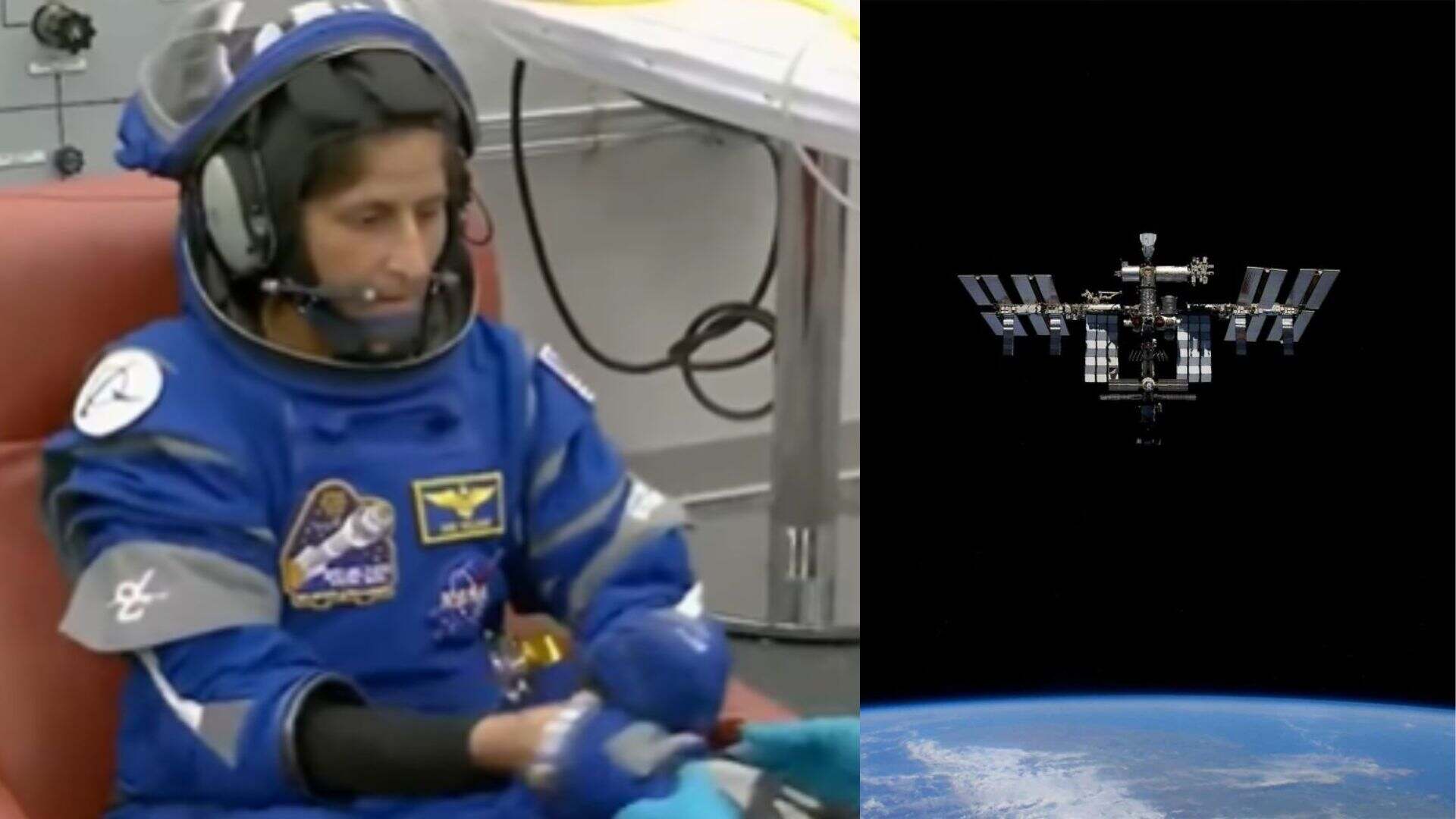Astronauts aboard the International Space Station (ISS) enjoy an extraordinary view—seeing 16 sunrises and 16 sunsets daily. Currently on the ISS, NASA astronaut Sunita Williams witnesses this stunning cycle repeatedly each day.
Back in 2013, during an event at the University of Gujarat, Williams described this remarkable experience. At the event, held in the presence of then-Chief Minister Narendra Modi, she shared, “Because I had wanted to go to space and worked hard for it, I was lucky to see 16 sunrises and 16 sunsets in a day in a fast-moving space shuttle.”
Mission Extended and New Research Goals
However, Williams’ current mission on the ISS was recently extended due to delays in the Boeing Starliner’s return. She will now remain in orbit until at least February 2025. With her fellow astronaut Butch Wilmore, she is taking advantage of this additional time to conduct critical research. Additionally, she continues to enjoy space’s unique experiences, including the opportunity to view multiple sunrises and sunsets.
How Multiple Sunrises and Sunsets Occur
As the ISS travels around Earth, it moves at an impressive speed of about 28,000 kilometers per hour. Therefore, it completes a full orbit every 90 minutes. Consequently, as it shifts from Earth’s dark side to the sunlit side, astronauts see a sunrise or sunset every 45 minutes. This rapid orbiting speed allows them to witness day and night cycles 16 times within a single Earth day.
Adapting to a Fast Day-Night Cycle
In contrast to life on Earth, where day and night last about 12 hours each, the ISS experiences a much quicker rhythm. Every 45 minutes, astronauts shift between daylight and darkness, creating a unique cycle that repeats itself 16 times in a single day.
Keeping Time on the ISS
Because traditional day and night patterns don’t apply in space, astronauts rely on Coordinated Universal Time (UTC) to structure their daily schedules. In addition, their day is organized into strict five-minute intervals for work, meals, exercise, and rest. This well-regulated routine is essential for maintaining their physical and mental health in such an unusual environment.
Moreover, astronauts use atomic clocks for precise timekeeping and to synchronize with mission control on Earth. This precision is especially crucial for navigation, particularly during missions beyond Earth’s orbit.









